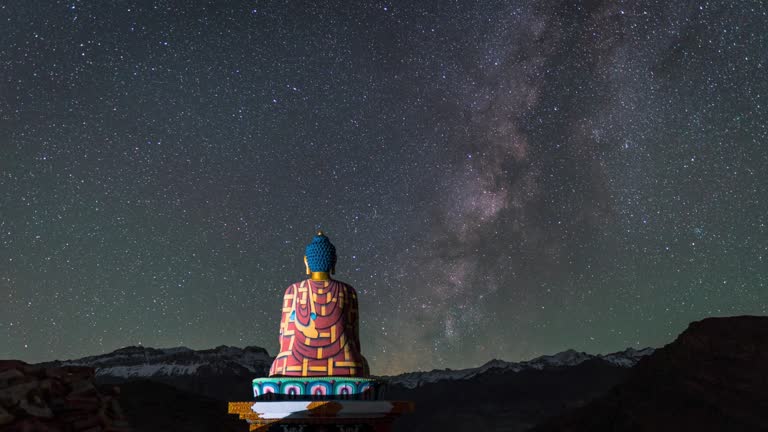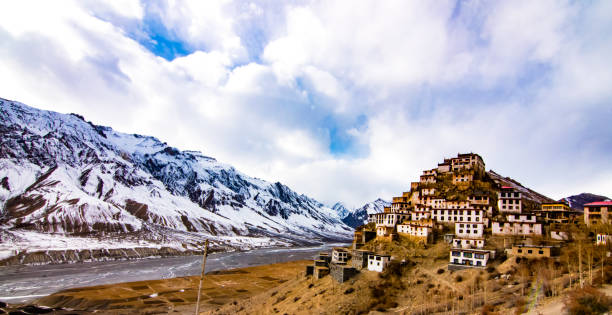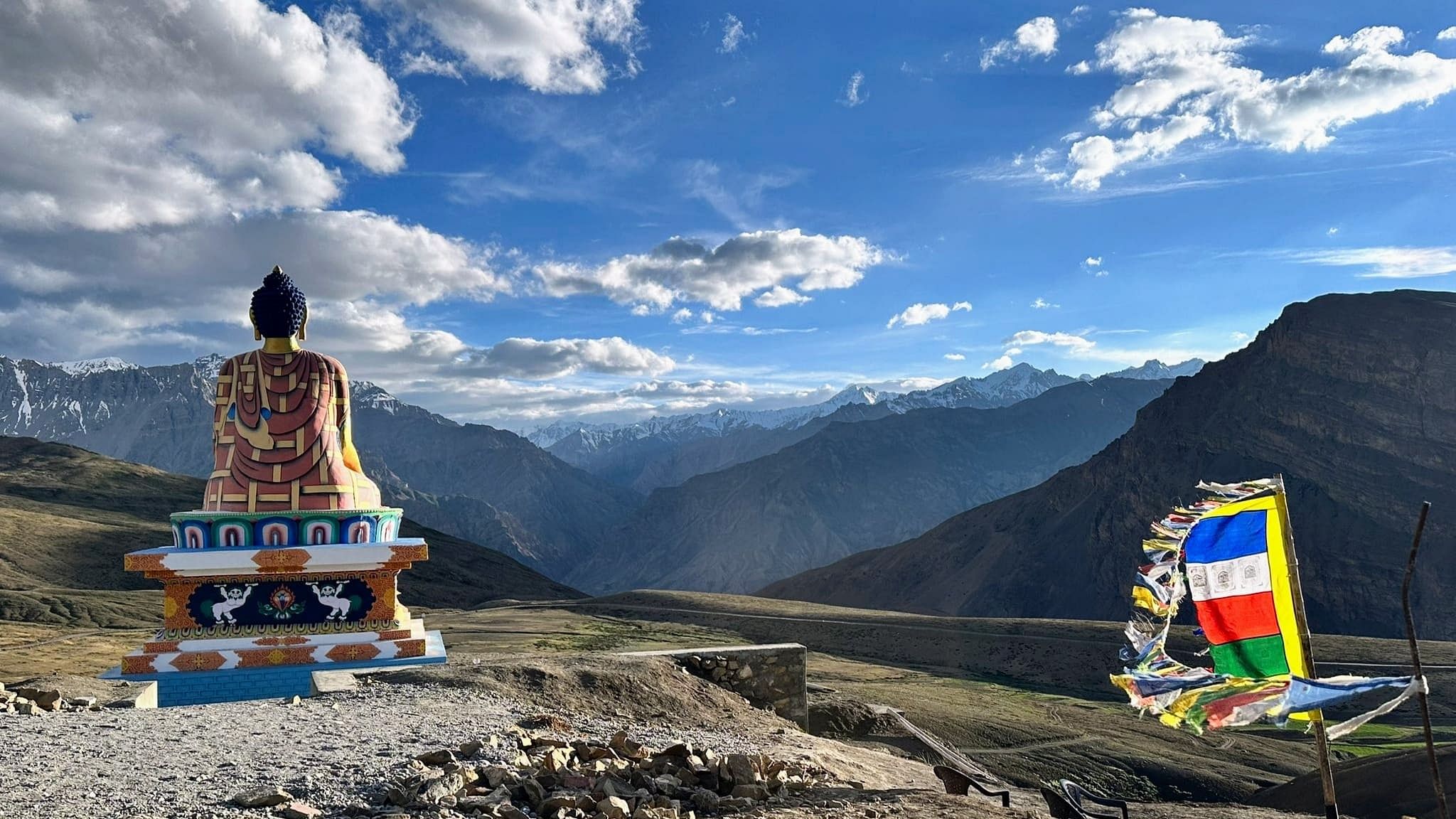If you’ve ever looked at pictures of Spiti Valley and thought, “Is this even real?”, you’re not alone. Snow-capped mountains, tiny villages, monks in crimson robes, and a sky so clear you can count the stars — Spiti is pure magic.
But here’s the catch — Spiti changes drastically with the seasons. Sometimes it’s green and full of life, sometimes frozen under deep snow, and sometimes the roads just disappear. That’s why timing your visit is key.
From late spring to early autumn (May to October) is the most popular time to explore Spiti — when the weather is pleasant, roads are open, and you can travel the full Spiti circuit. Winter (November to March) transforms Spiti into a silent, snow-covered wonderland, perfect for seasoned adventurers.
Best Season to Visit Spiti Valley
Each season in Spiti has its own beauty. Here’s how the valley changes and what you can expect.
Peak Season (May – June)
The peak season is when Spiti is at its most accessible. Both Shimla–Kaza and Manali–Kaza routes are open, making road trips smooth and scenic. Villages buzz with activity, homestays are fully operational, and attractions like Key Monastery, Chandratal Lake, and Hikkim Village are easily reachable.
Activities: Sightseeing, trekking, camping at Chandratal, exploring monasteries, stargazing, and trying local cuisine.
Month-by-Month:
-
June: Freshly opened roads, fewer crowds.
-
July – August: Lush landscapes, busiest months.
-
September: Clear skies, fewer tourists, post-monsoon glow.
Pros: All roads open, great weather, complete cultural experience.
Cons: More tourists, higher prices, limited snow views.
What to Pack: Layered clothing, trekking shoes, sun protection, medical kit, power bank.
Shoulder Season (July – October)
The shoulder season offers a quieter, more authentic Spiti experience. With fewer tourists and dramatic landscapes, it’s perfect for those who want peace without missing out on beauty.
Activities: Photography, short treks, village walks, road trips.
Month-by-Month:
-
July: Occasional rains, lush greenery in lower valleys.
-
August: Dramatic skies, stable roads, great photography.
-
September: Clear skies, cooler nights, moderate crowds.
Pros: Lower costs, unique landscapes, meaningful local interactions.
Cons: Some accommodations close early, unpredictable weather.
What to Pack: Warm layers, rainproof jacket, trekking shoes, snacks, permits.
Off-Season (November – March)
From November to March, Spiti enters deep winter — silent, snowbound, and cut off from most of the world. Roads from Manali are closed, and only the Shimla–Kaza route remains partially open.
Activities: Snow leopard tracking, winter homestays, snow photography, sunrise/sunset over snowy peaks.
Month-by-Month:
-
November: Early snowfall, tourist activity drops.
-
December: Villages hibernate, frozen rivers.
-
January – February: Extreme cold (-20°C possible), minimal facilities.
-
March: Snow melts in lower regions, offbeat travel possible.
Pros: Magical snowscapes, warm local hospitality.
Cons: Harsh weather, limited accessibility, few accommodations.
What to Pack: Heavy winter gear, thermal layers, insulated trekking shoes, cash, power backup.
Travel Tips for Every Season
For Adventure Seekers
July to early September – all high-altitude routes and trekking trails are open.
For Cultural Travelers
May to September – vibrant villages, active monasteries, festivals like Ladarcha in August.
For Road Trips
May to June – clear roads, no closures.
For Snowscapes
January – complete snow cover, dreamy winter landscapes.
Conclusion
The best time to visit Spiti Valley in 2025 depends on whether you crave warm sunny days, golden autumn views, or the thrill of winter snow.
From the lush beauty of summer to the raw charm of winter, Spiti offers a different kind of magic in every season. Plan wisely, travel responsibly, and you’ll carry home memories as vast and timeless as the mountains themselves.
Join our Travel Community for the latest tips, guides & exclusive offers.
We saved a spot for your email!
You’re subscribed! Thanks for joining our travel family.




